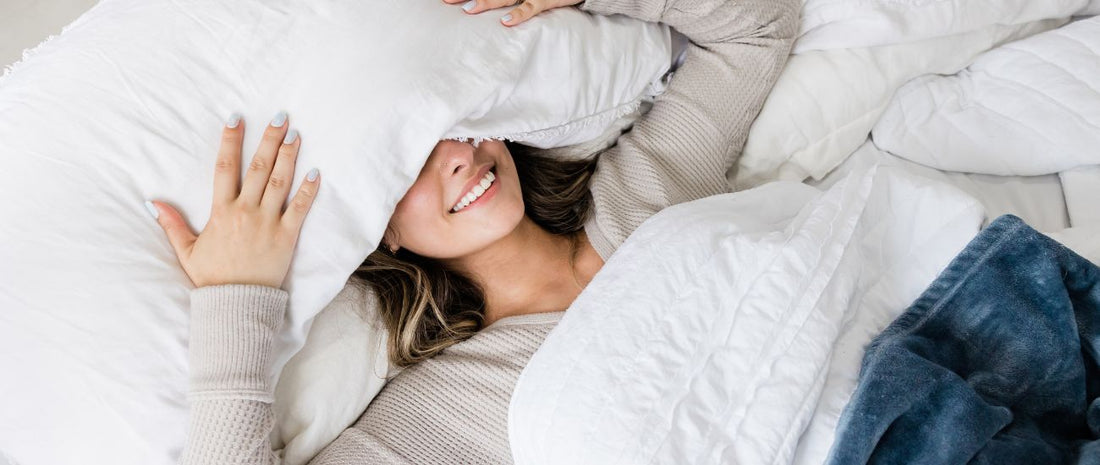Is sleeping on your back the key to a pain-free sleep?
When it comes to getting a good night's sleep, the position you sleep in can make all the difference. Many people are unaware of the impact that their sleeping position can have on their overall health and well-being. In this blog post, we will explore the pros and cons of three common sleeping positions: back sleeping, side sleeping, and the fetal position.
Back Sleeping: The Pros and Cons
Sleeping on your back is often considered the best position for spine alignment. It helps to prevent neck and back pain as the head, neck, and spine are in a neutral position. This position may also reduce the risk of acid reflux, as gravity helps to keep stomach acid from flowing back into the esophagus.
However, back sleeping may worsen snoring or sleep apnea in some individuals. When you sleep on your back, the tongue and soft tissues in the throat can block the airway, leading to snoring or interrupted breathing during sleep.
Side Sleeping: The Pros and Cons
Side sleeping is a popular position that offers several benefits. It can be particularly beneficial for people with snoring or sleep apnea, as it helps to keep the airway open and reduces the likelihood of snoring or interrupted breathing. Side sleeping is also the recommended position for pregnant women, as it improves circulation to the fetus.
However, side sleeping can lead to shoulder and hip pain if not properly supported. It is important to use a supportive pillow and mattress to maintain proper alignment of the spine. Additionally, side sleeping can contribute to wrinkles on the side of the face that is pressed against the pillow.
The Fetal Position: Pros and Cons
The fetal position, where you sleep curled up on your side, can provide a sense of comfort and security. This position can help reduce snoring and sleep apnea symptoms by keeping the airway open. It may also be beneficial for people with lower back pain, as it can help relieve pressure on the spine.
However, sleeping in the fetal position can lead to stiffness and soreness in the morning, especially if you don't have proper support for your neck and spine. It is important to use a supportive pillow and mattress to maintain proper alignment and prevent discomfort.
Ultimately, the best sleeping position for you depends on your individual needs and preferences. It is important to listen to your body and experiment with different positions to find what works best for you. Remember to use supportive pillows and mattresses to ensure proper alignment of the spine and a restful night's sleep.
So, next time you hit the hay, consider the position you sleep in and its impact on your sleep quality. Sweet dreams!




